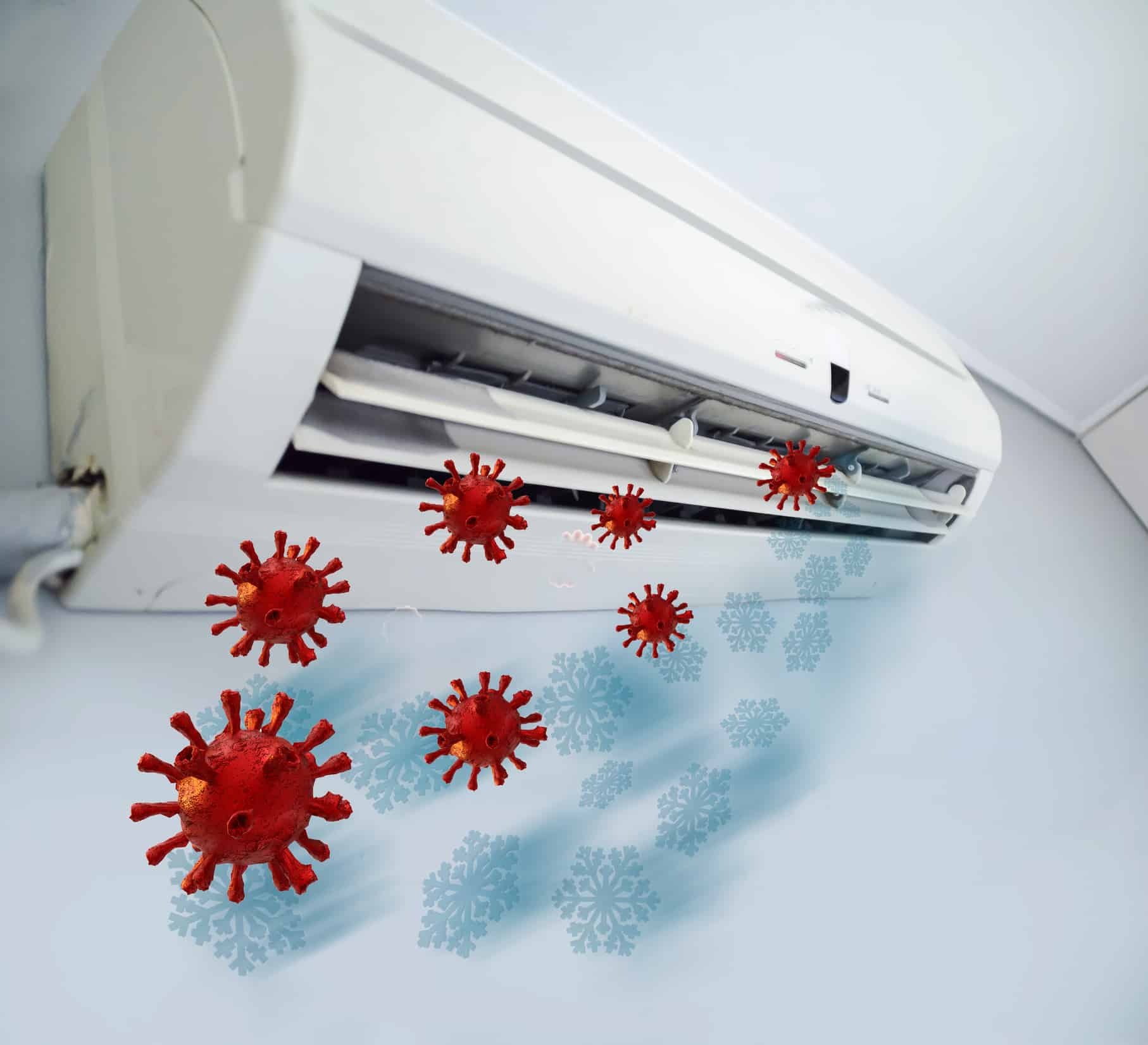We’ve all read and watched a lot of information lately about how you can improve your HVAC system to prevent the spread of diseases and viruses, especially SARS-CoV-2. Some of it accurate, and some not so much. We pulled together a panel of our experts at Little to get their insights and recommendations on how to improve existing HVAC systems, and what to consider when designing new systems.
What are some HVAC options to consider that are low-cost and highly-effective?
If you are looking to kill over 99% of all diseases and viruses in one pass, we recommend adding high-intensity UV-C energy that is emitted from Ultraviolet germicidal irradiation (UVGI) lamps. These lamps can be added in a variety of places within the HVAC system, but we recommend placement just downstream from the coil in the main air handling units, between the coil and the fan. Placing the lamp in this location would kill the viruses in the air that passes through, and provide an added benefit of cleaning the coil and the drain pan.
This should be the easiest and quickest installation, as long as there is room in the unit. We’ve seen most vendors provide a magnetic clip for the lamp. The UVGI lamp will need its own power supply, and safety cutoff switch to turn off the bulb when the access panel is opened. If there are any exposed wires or rubber or plastic components, protect them with metal shielding so they don’t burn up.
If there isn’t room in the air handler, an alternate location would be in the ductwork, though this may require additional labor and cost. Just make sure the duct is not lined. The galvanized metal does a great job reflecting the UV light.
We’re hearing that you should budget $0.40 per square foot for a retrofit. Economy of scale from larger projects should bring that down. Required maintenance is changing the bulb once per year (they are rated for 9,000 hours of continuous runtime, or about 375 days) for less than $100. You could add a control point to the building management system (BMS) for runtime hours for the lamp to alert you when it’s time to order a replacement bulb.


We are currently working on medical clinics nationwide that are 5,000 SF to 8,000 SF, where we are completely replacing the HVAC system in existing spaces. We have added high-intensity UV-C on 4-ton or 5-ton units at an added cost of about $500-$600.
One thing to consider in adding UV-C lamps is who controls the air handling units, you, or the building owner/manager? You may have to get permission to add them, and then discuss who is paying for and changing the bulbs.
A recent ASHRAE position paper recommends increasing outside air. Why?
The purpose of adding fresh outside air is to try to dilute “bad stuff” out of the interior circulating air as much as possible. But outside air is the “most expensive” air as we need to condition it. This is why the energy code requires us to have Demand Control Ventilation (DVC) to monitor carbon dioxide in the densely populated space and only allow in outside air when needed, saving energy. However, during this time of concern about COVID-19, ASHRAE recommends temporarily reducing or disabling DCV to further dilute the air, with the trade-off being increased energy costs. It should be fairly simple for a technician to adjust the programming.
If we have high-intensity UV-C lighting in the HVAC system, do we also need to increase outside air?
The recommendation would be to increase the outside air and add the UV-C. The UV-C removes bacteria and viruses, and the outside air mixing handles the rest. So until we get back to “normal” add more outside air for a healthier environment. Please note that there is a direct correlation between the percentage of outdoor air (OA) and the supply air temperature; notably in the cooling season, as the outdoor air percentage is increased so does the supply air temperature. There may be comfort issues with the maximum OA ratios during the cooling seasons.
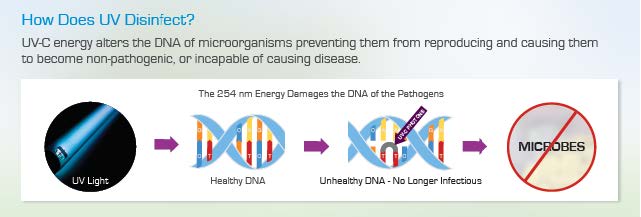
Can increased air filtration be addressed easily?
MERV 13 is the recommended minimum for filters. It’s the standard we design to and aligns with LEED and WELL certification requirements. Normal areas of hospitals, including most patient rooms, use MERV 13.
We like to have a MERV 8 filter to catch the big stuff, and the MERV 13 to catch the small stuff. The higher the MERV number, the smaller the particles are that the filter collects. MERV goes up to 20 (17-20 overlap with HEPA) and then you get into HEPA filters with special racks found in laboratories and critical areas of hospitals. MERV 13 filters will capture more of the smaller particles, including viruses, but it’s not the only improvement to make to address COVID-19 concerns.
Most HVAC systems will take an upgrade to a MERV 13 filter, though we recommend having a mechanical engineer review the system and see if an analysis needs to be done to prevent any pressure drop issues. A deeper filter rack might be needed – a small one-time cost. The filters may also have to be replaced more often if the HVAC system becomes less tolerant of clogged filters, which would slightly increase maintenance costs. Making the change at the big air handling units would be fairly straightforward.
In order to switch to HEPA level filters, fan filter units and different housing racks would be needed and would be significantly more costly than a switch to MERV 13 filters. If the system has a lot of smaller fan coil units, water source heat pumps, VRF units, it would be more costly to upgrade filters. Adding a ceiling-mounted HEPA filtration system would be another expensive option, and we only see these used in extreme situations.
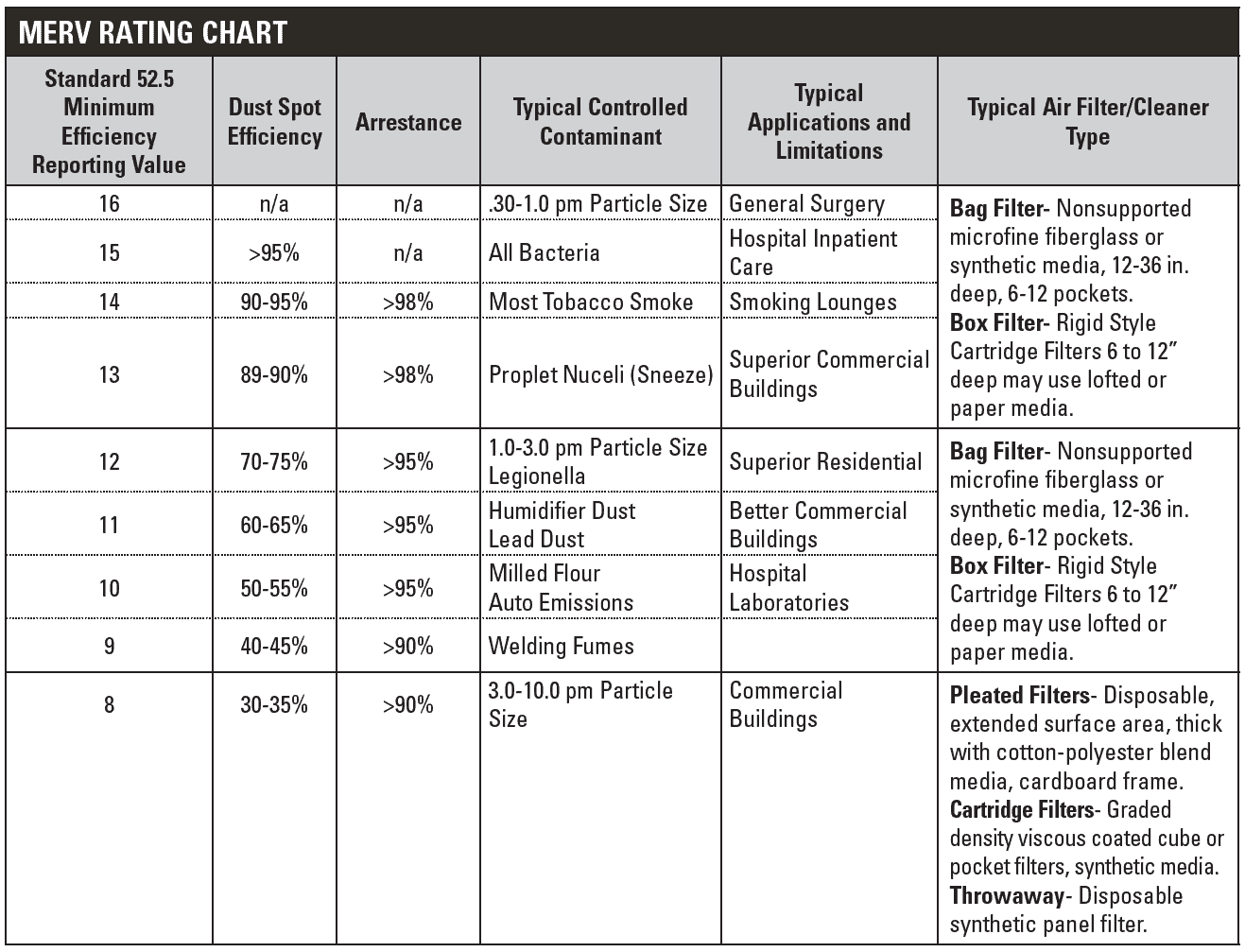
Are there other HVAC considerations that aren’t as obvious?
A temporary option might be a free-standing UV air cleaner, if you have the floor space, a place to plug it in, don’t mind how it looks, and don’t mind spending at least $1,000.
Direct humidity control is another option, but only for new construction or complete renovations. ASHRAE studies suggest if you can maintain 40%-60% relative humidity in a space, your body is more resistant to viruses, and the virus particles drop out of the air faster. Usually, this is only found in hospitals or clean rooms. It would take a lot of work to retrofit a system, as it requires adding a water line and a drain line, possibly needing to purify the water, and possibly reworking ductwork. It would add to energy costs, and it would add a lot to maintenance. Our best guess on cost is $20,000-$30,000 per office floor.
Our standard specifications always call for anti-microbial ductwork, but due to the cost, it’s almost always replaced with standard ductwork. Virus concerns may change that going forward.
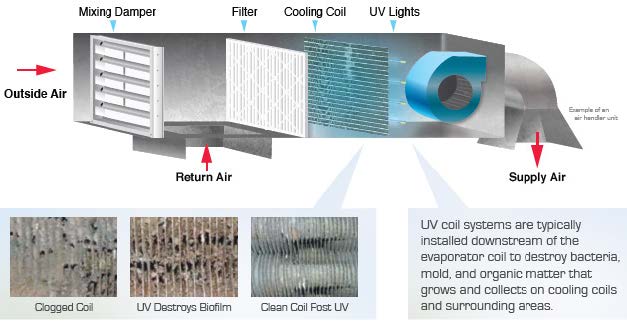
I’ve heard a little about bi-poplar ionization. Can you tell me more?
We believe the jury is still out, at least in terms of the effectiveness of this technology with removing viruses. The basics of how it works are particles receive a charge as they go through the HVAC units and when they get out into the open space, they find the “bad particles” in the air, clump together, and drop out of the air.
ASHRAE is not backing it for the purposes of killing airborne aerosols or microbes. And LEED and WELL are not accepting the technology either. We believe it’s due to the larger particulates that fall out of the air and become surface contamination, rather than simply eliminating it from the air in the first place (like filters or UV-C lights would do.) LEED used to accept it to allow for the reduction of outside air, but not anymore.
There are situations where this technology can be beneficial, such as if you need to remove VOCs or odors. We’ve used it in a number of projects, but not for the purposes of virus removal. We believe the focus should be on the other recommendations.
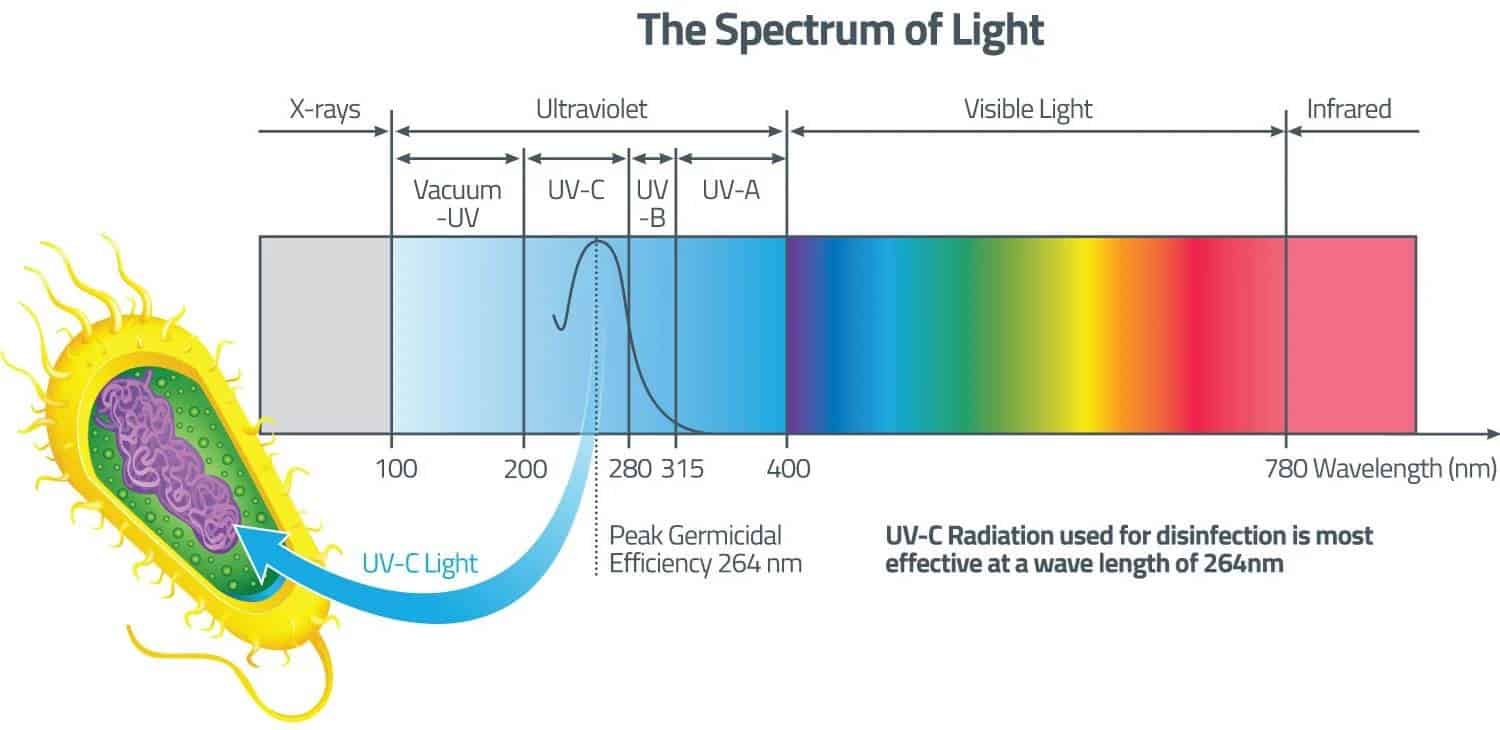
Authors:
Ken Shappley, P.E., LEED GA – Mechanical Studio Principal
Dave Cale, P.E. – Lead Mechanical Engineer
Carlos Nieves, P.E., CEM – Mechanical Engineer
Miles Grubbs, P.E., BEMP, LEED AP, WELL AP – Mechanical Engineer
Rob Bell, P.E. – Mechanical Engineer
Jen Todd, AIA, CPHC – Director of the Center for Building Performance
Jeff Roman, P.E., LEED AP – Engineering Practice Leader
For more information on selecting an HVAC System, for a Post-COVID world, we’ve assembled this comparison guide to help with your decision-making process:
